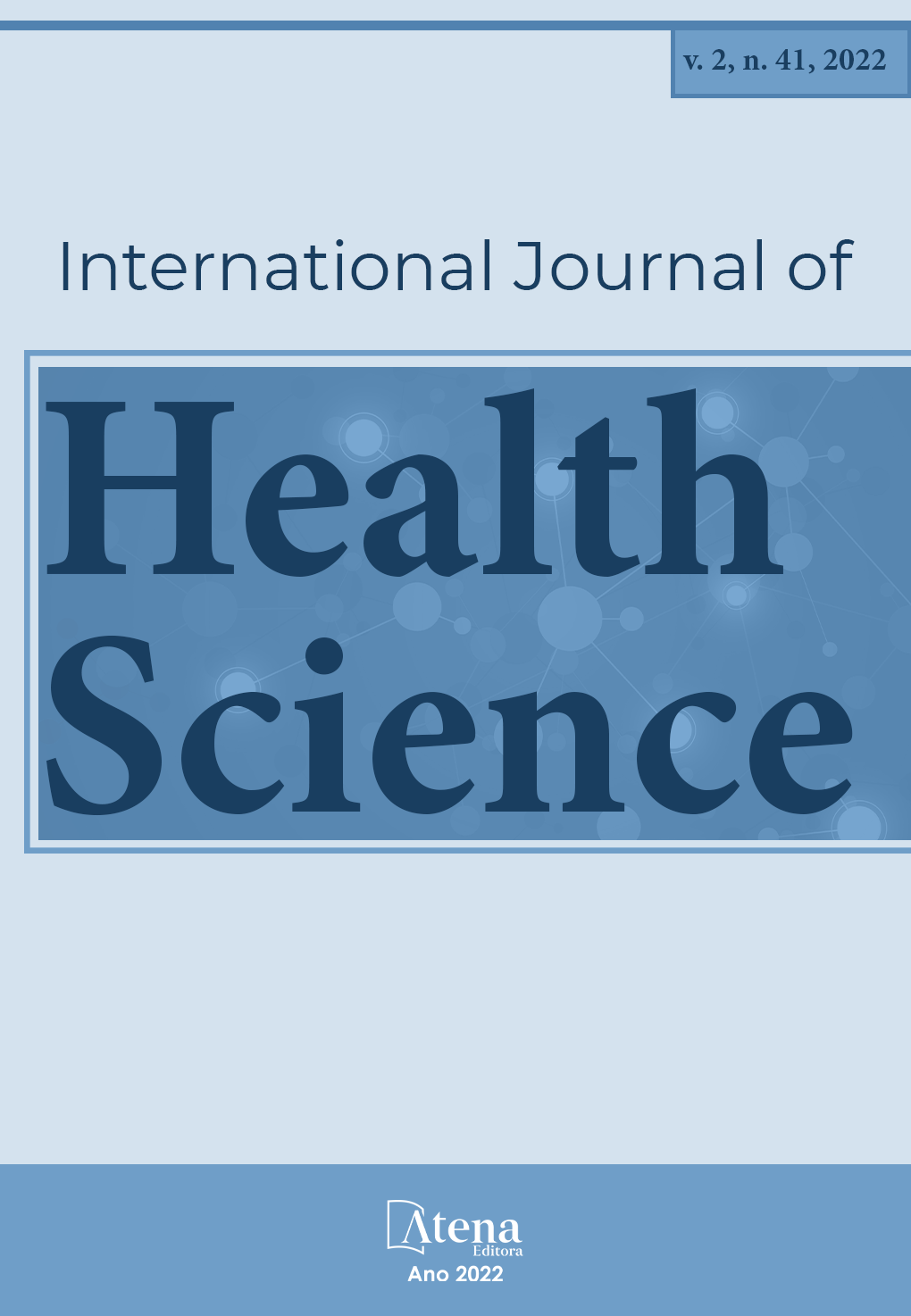
Phytochemical screening, antioxidant and cytotoxic activities of Cordia verbenacea extracts
The use of medicinal plants is an ancient practice for the treatment of diseases and, increasingly, they have been used by modern society, as it is an easily accessible therapy, has lower costs when compared to the acquisition of allopathic medicines and presents an idea of less aggression to the organism. Cordia verbenacea belongs to the Boraginaceae family, popularly known as baleeira, baron catinga, cambará balieira, black herb, miraculous maria, black maria. It is a native species of Brazil, widely distributed throughout the Brazilian territory. In entnopharmacology, this plant is popularly used as an anti-inflammatory, analgesic and antiulcerogenic in the form of tea or infusions, while alcoholic extracts and decoctions for rheumatism, rheumatoid arthritis, gout, muscle pain, for topical or internal use. Considering that the extracting solvent can influence the chemical composition and, consequently, the biological activity, this study aimed to evaluate the cytotoxicity, antioxidant action and the presence of some phytochemical constituents in the aqueous and ethanolic extracts of whaling herb. The results of phytochemical characterization showed that the aqueous extract had higher phenolic and flavonols/flavones content compared to the ethanolic extract, which exhibited higher amounts of flavanones. Alkaloids were not identified in the evaluated herbal preparations. Both extracts showed an antioxidant effect, and the ethanolic extract showed better ability to sequester nitric oxide. The results showed that the ethanol extract, even with antioxidant capacity, induced a significant reduction in cell viability (concentrations > 0.125 mg/mL), while in the aqueous preparation such effects were verified from 0.5 mg/mL. The greater toxicity exhibited by the ethanol extract may be related to the presence of more hydrophobic constituents than those found in the aqueous extract. In view of these results, it is extremely important to consider the method of preparation of herbal medicines obtained from Cordia verbenacea, since it induces variations in the phytochemical composition and exerts an influence on important biological and toxicological effects.
Phytochemical screening, antioxidant and cytotoxic activities of Cordia verbenacea extracts
-
DOI: 10.22533/at.ed.1592412225073
-
Palavras-chave: Cordia verbenacea ; whaling grass; phenolic content; antioxidant; cytotoxicity.
-
Keywords: Cordia verbenacea ; whaling grass; phenolic content; antioxidant; cytotoxicity.
-
Abstract:
The use of medicinal plants is an ancient practice for the treatment of diseases and, increasingly, they have been used by modern society, as it is an easily accessible therapy, has lower costs when compared to the acquisition of allopathic medicines and presents an idea of less aggression to the organism. Cordia verbenacea belongs to the Boraginaceae family, popularly known as baleeira, baron catinga, cambará balieira, black herb, miraculous maria, black maria. It is a native species of Brazil, widely distributed throughout the Brazilian territory. In entnopharmacology, this plant is popularly used as an anti-inflammatory, analgesic and antiulcerogenic in the form of tea or infusions, while alcoholic extracts and decoctions for rheumatism, rheumatoid arthritis, gout, muscle pain, for topical or internal use. Considering that the extracting solvent can influence the chemical composition and, consequently, the biological activity, this study aimed to evaluate the cytotoxicity, antioxidant action and the presence of some phytochemical constituents in the aqueous and ethanolic extracts of whaling herb. The results of phytochemical characterization showed that the aqueous extract had higher phenolic and flavonols/flavones content compared to the ethanolic extract, which exhibited higher amounts of flavanones. Alkaloids were not identified in the evaluated herbal preparations. Both extracts showed an antioxidant effect, and the ethanolic extract showed better ability to sequester nitric oxide. The results showed that the ethanol extract, even with antioxidant capacity, induced a significant reduction in cell viability (concentrations > 0.125 mg/mL), while in the aqueous preparation such effects were verified from 0.5 mg/mL. The greater toxicity exhibited by the ethanol extract may be related to the presence of more hydrophobic constituents than those found in the aqueous extract. In view of these results, it is extremely important to consider the method of preparation of herbal medicines obtained from Cordia verbenacea, since it induces variations in the phytochemical composition and exerts an influence on important biological and toxicological effects.
-
Número de páginas: 15
- Lávia Karine M. Correia Monteiro
- Simone Rocha de Oliveira
- Simone Acrani
- Karina Ferrazzoli Devienne


